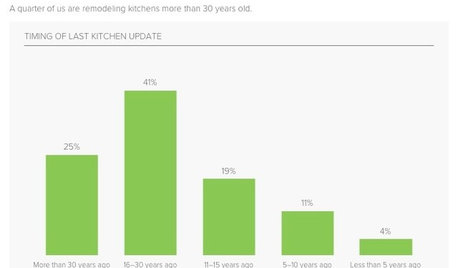After dark and the Guinnies are still here
plantermunn
18 years ago
Related Stories

BEDROOMSCanopy Beds: All Grownup and Still Magical
Add a Dose of Drama and Romance With an Elegant Four-Poster
Full Story
LANDSCAPE DESIGNSmall Garden? You Can Still Do Bamboo
Forget luck. Having bamboo that thrives on a wee plot just takes planning, picking the right variety, and keeping runners in check
Full Story
SELLING YOUR HOUSESave Money on Home Staging and Still Sell Faster
Spend only where it matters on home staging to keep money in your pocket and buyers lined up
Full Story
KITCHEN COUNTERTOPSKitchen Counters: Granite, Still a Go-to Surface Choice
Every slab of this natural stone is one of a kind — but there are things to watch for while you're admiring its unique beauty
Full Story
KITCHEN DESIGNShaker Style Still a Cabinetry Classic
The Shaker profile stays true to its generations-old square simplicity but can adapt to any modern taste
Full Story
BEDROOMSBefore and After: French Country Master Suite Renovation
Sheila Rich helps couple reconfigure dark, dated rooms to welcome elegance, efficiency and relaxation
Full Story
KITCHEN DESIGNSurvey Results: Kitchen Trends That Seem Here to Stay
More than a third of respondents in Houzz’s annual kitchen trends report now have the means to remodel. Here’s what else they told us
Full Story
WORKING WITH PROSInside Houzz: An Interior Design Match Made Right Here
See a redesign that started on Houzz — and learn how to find your own designer, architect or other home pro on the site
Full Story
HOMES AROUND THE WORLDThe Kitchen of Tomorrow Is Already Here
A new Houzz survey reveals global kitchen trends with staying power
Full Story
MOST POPULARIs Open-Plan Living a Fad, or Here to Stay?
Architects, designers and Houzzers around the world have their say on this trend and predict how our homes might evolve
Full Story






Okiedawn OK Zone 7
plantermunnOriginal Author
Related Professionals
Norton Shores Landscape Architects & Landscape Designers · Panama City Landscape Architects & Landscape Designers · Saint Matthews Landscape Architects & Landscape Designers · Suffern Landscape Architects & Landscape Designers · Cordele Landscape Contractors · Fort Atkinson Landscape Contractors · Hannibal Landscape Contractors · Lees Summit Landscape Contractors · Natick Landscape Contractors · West Chester Landscape Contractors · Dedham Decks, Patios & Outdoor Enclosures · Oswego Decks, Patios & Outdoor Enclosures · Saint Louis Park Decks, Patios & Outdoor Enclosures · South Lyon Decks, Patios & Outdoor Enclosures · St. Louis Decks, Patios & Outdoor EnclosuresOkiedawn OK Zone 7
OKC1
Okiedawn OK Zone 7
flicka_85
Okiedawn OK Zone 7
susanlynne48
vancleaveterry
Jennifer_Ruth
Macmex